Everything you need to know about microcurrent facials—a complete microcurrent guide
Just like the rest of our body, our facial muscles naturally lose their firmness as we age, which can lead to sagging skin and loss of definition. That’s where microcurrent comes in. Think of microcurrent as a personal trainer for your face. Using a process called electric muscle stimulation (also known as EMS), it gently 'trains' your muscles; lifting and contouring in the process.
Microcurrent is a gentle and non-invasive technology, meaning there's no recovery time needed. You can book a microcurrent facial in most clinics around the world, and home use microcurrent facial devices offer you access to these treatments at home. Whether used alone or as a top up treatment between professional appointments, these devices can be highly effective to lift and define the contours of your face.

What is microcurrent technology?
Microcurrent uses a mild electrical current that closely resembles the natural electrical signals of your body. Doctors have trusted microcurrent treatments for many years. Research suggests these treatments can significantly speed up the body's healing process by up to 350%.
These gentle electrical waves can also bring powerful benefits to your skin. They not only work the facial muscles, but also rejuvenate your skin cells through increased blood flow and the stimulation of collagen production—a key building block to healthy, youthful skin.
The benefits of microcurrent
These are the immediate, visible results:
✔️ Decreases puffiness and inflammation
✔️ Increased skin firmness and contours
✔️ Lifting effect on sagging jowls and droopy eyelids
✔️ Detoxification: Flush out unwanted toxins to enhance your complexion
The long term effects:
✔️ Lasting glow
Regular microcurrent sessions boost ATP (adenosine triphosphate), the energy source for your cells to help repair the skin
✔️ Reduced fine lines and wrinkles
Boosted collagen and elastin production smooths the signs of ageing
✔️ Improved skin tone and texture
Microcurrent is also very effective at reducing the appearance of scars
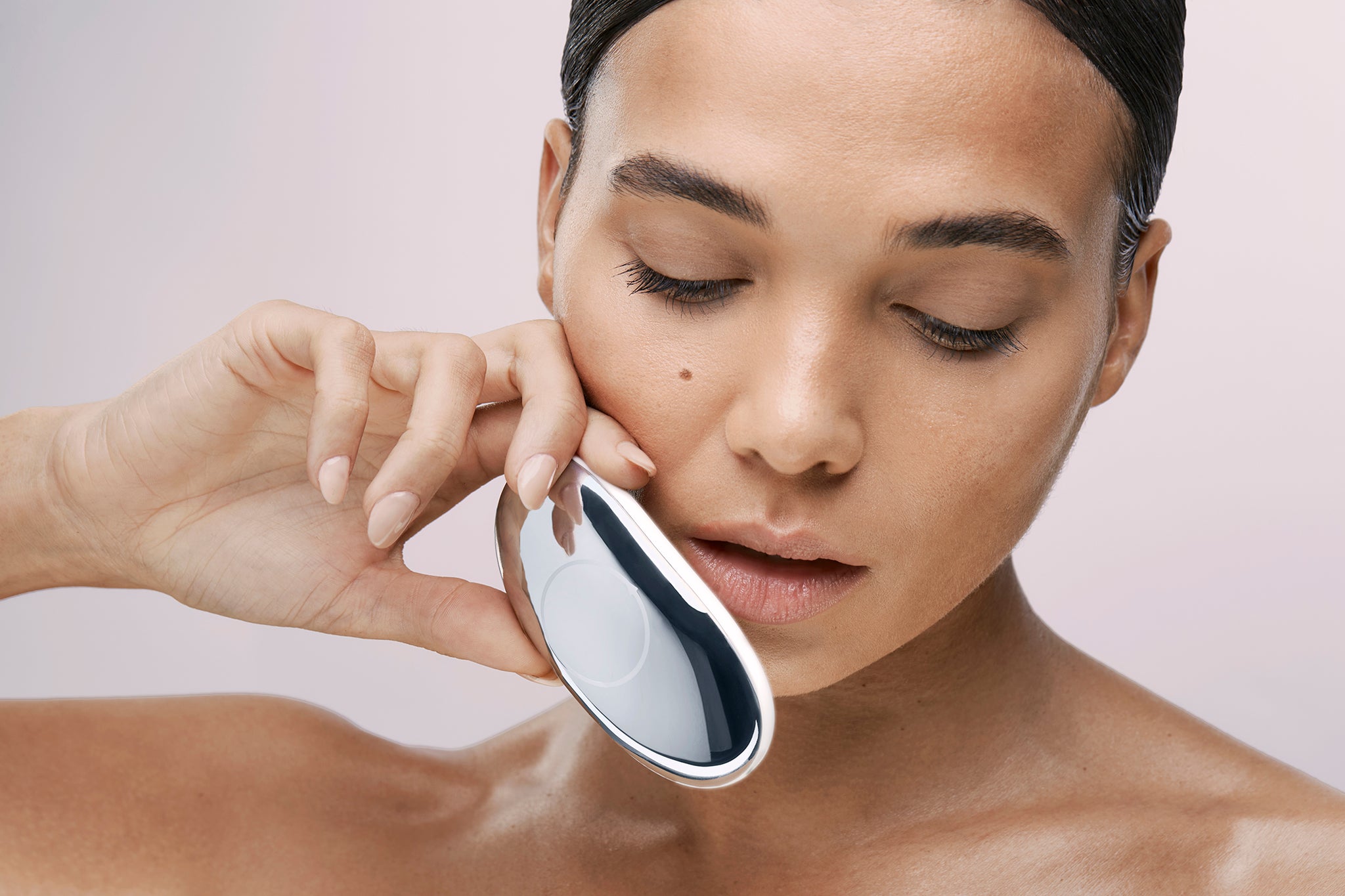
Understanding anti-ageing, how microcurrent works at a cellular level
Collagen, an essential protein, serves as the scaffolding of our skin, keeping it firm and supple. We naturally see collagen production decrease by around 1% each year after the age of 25. This gradual decrease is why we start seeing fine lines and wrinkles as we age.
ATP, or adenosine triphosphate, acts like a battery for our skin cells and muscles, keeping them energised. Around the age of 35, our natural ATP levels start to dip, influenced by our genes and lifestyle.
This drop in ATP is when signs like sagging skin and the deepening of smile or frown lines become more noticeable, and our muscles begin to feel less firm.
Microcurrent facials are fantastic for boosting ATP production in your skin cells through the working of your facial muscles. But when it comes to tackling the decline of collagen, ZIIP Nanocurrent™ technology can supercharge collagen production.
It specifically targets the fibroblasts—the cells responsible for creating collagen, elastin and hyaluronic acid.
ZIIP Nanocurrent™ is a subtler, more gentle version of electrical skin treatment compared to microcurrent (1 nano amp is equal to 0.001 microamp). It's much gentler, but incredibly effective at communicating with your skin's cells to promote healing and regeneration.
This technology goes deeper than just the muscles, reaching the inner layers of your skin for long-term cellular rejuvenation.
Microcurrent reviews



Microcurrent before and afters
Here's the experience of one users journey using the ZIIP HALO for 6 weeks.
She has very sensitive and allergic skin, but didn't experience any irritation during her microcurrent treatment; "it was very comfortable." Her key concerns were sagging jowls, pronounced nasolabial folds and marionette lines. Her routine started with the All Inclusive 12-minute full facial followed by the 4-minute Jowls targeted treatment.
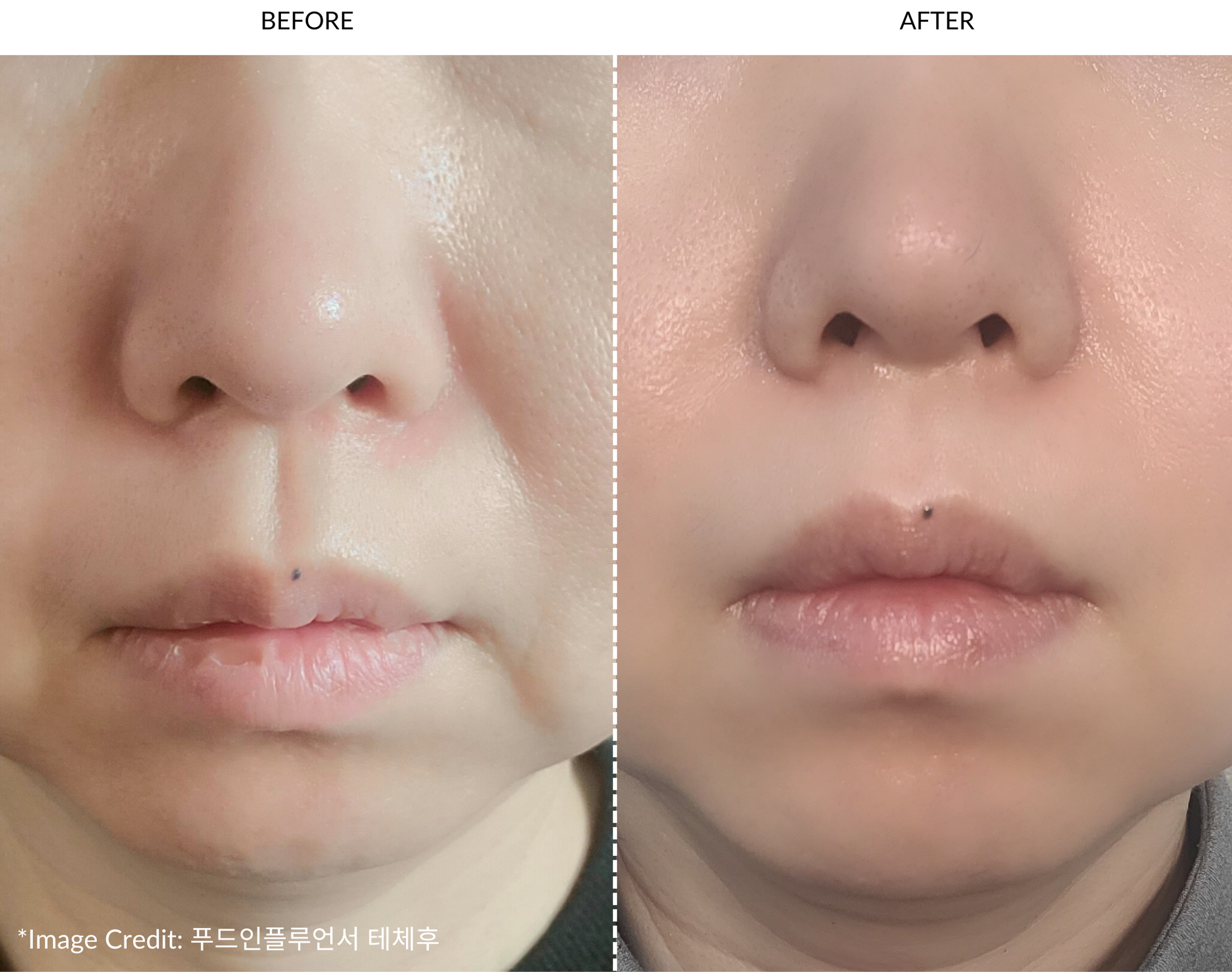
The first results that she noticed were around her eyes. She could see the improvement of fine lines very quickly. After doing this routine 5 days per week for around 3 weeks, she saw very dramatic results on her nasolabial folds, marionette lines and jowls. She was genuinely very happy with her results.
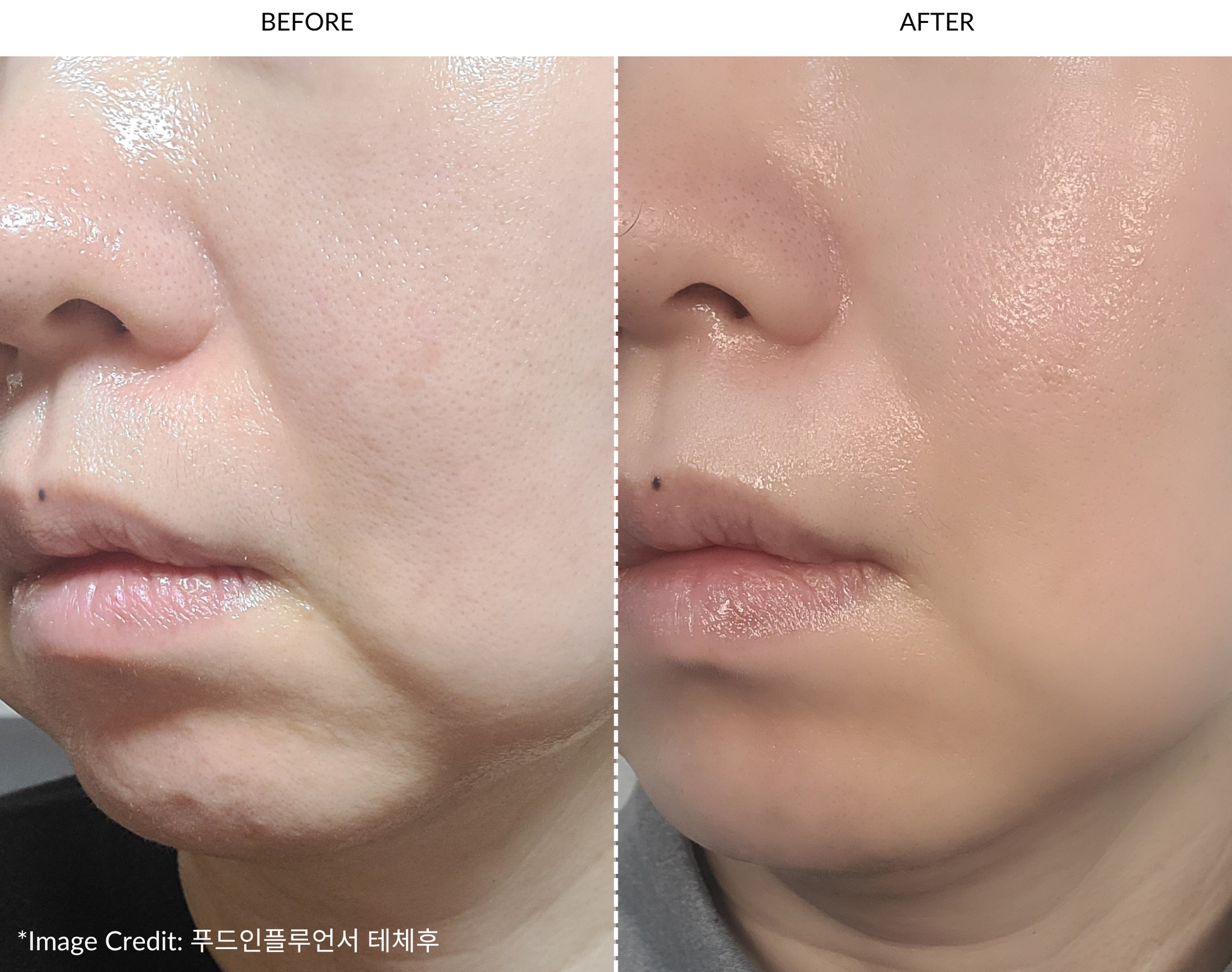
Other users also noticed similar anti-ageing results. One UK customer, Patricia R, said of the ZIIP HALO, "I've noticed my complexion is a lot brighter and smoother. It's perfect to use before going out to give your skin a dewy glow.”
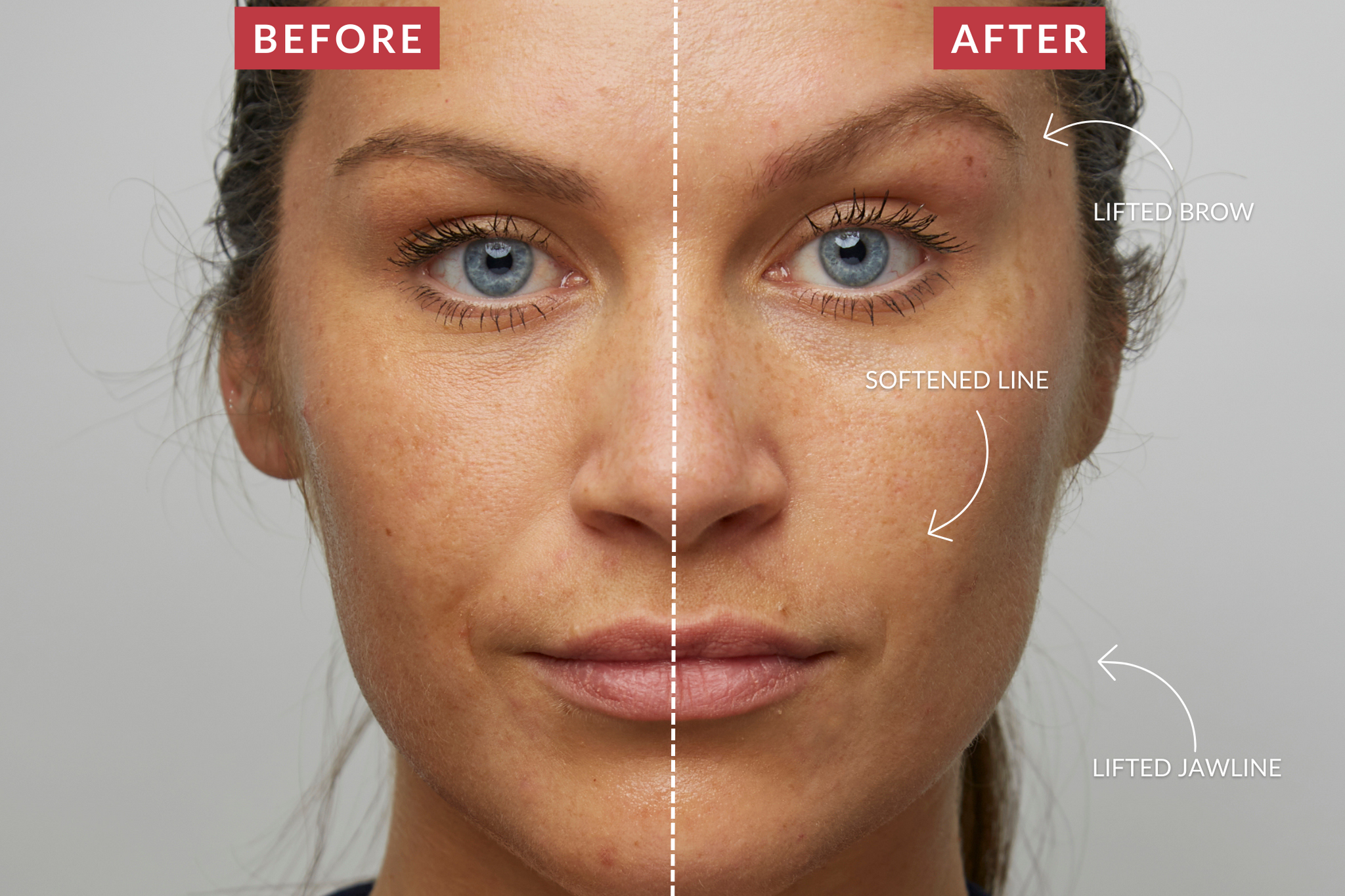
What to expect during an electric facial
Microcurrent facials are relaxing and comfortable. Most people feel a gentle tingling sensation, while others may also experience a slight twitch from the facial muscles contracting and releasing.
Can you pair microcurrent with other beauty technology?
When you visit a clinic, your dermatologist or aesthetician might enhance your microcurrent session with bespoke additions tailored to your skin’s specific needs and concerns. These could range from face masks and targeted serums to lymphatic massages that reduce puffiness, or red LED light therapy, renowned for its skin health benefits.
Incorporating red LED light therapy into your microcurrent routine can significantly boost collagen production, targeting fine lines, wrinkles and reducing inflammation. It's an effective strategy to magnify the benefits of your microcurrent treatments, promoting a more radiant and youthful complexion. Explore more about red light therapy here.

Who does microcurrent work for?
Microcurrent is suitable for all skin types and tones, and can be used by both men and women. The key is to have skin that’s free from stubble or thick facial hair for the technology to work. It’s designed for individuals who are 18 or older.
Before using a home use microcurrent device, take a look at the safety information (contraindications) and consider a quick sensitivity test to make sure it’s a good match for your skin. This small step helps ensure a comfortable and positive experience with the technology.
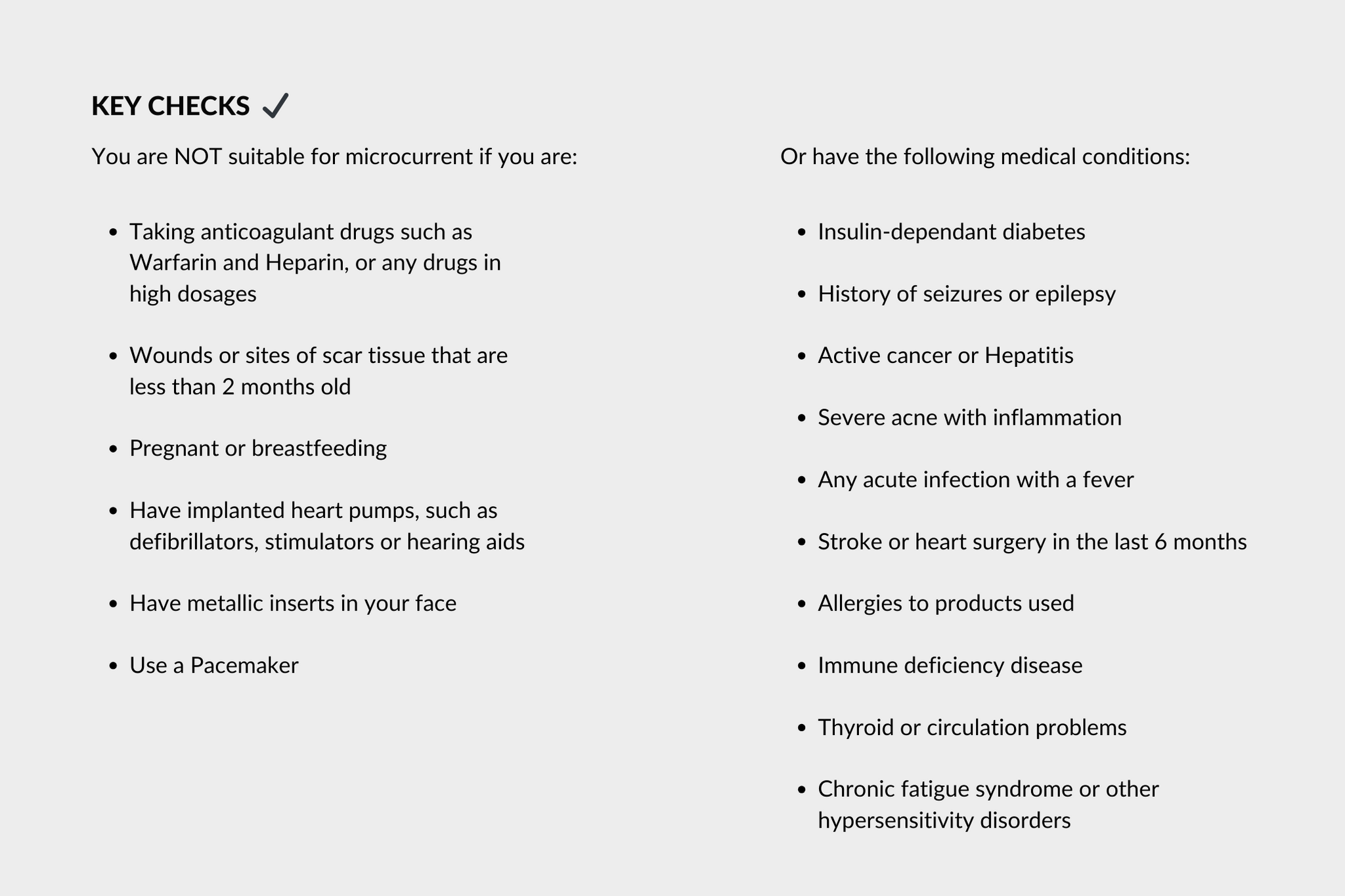
Why you might not see results from microcurrent
Seeing lasting results from microcurrent treatments will require patience alongside a consistent routine. Achieving noticeable, dramatic improvements can vary widely depending on individual factors such as genetics, lifestyle and how regularly you use the device. It's important to understand that progress might be gradual.
If you experience a tingling sensation during the treatment, this could indicate a need for more conductive gel. Proper gel application is essential for ensuring the electrical currents are effectively delivered to your skin.
Can you microcurrent after Botox?
Botox, derived from Botulinum toxin, effectively minimises wrinkles by temporarily relaxing facial muscles, especially around the forehead and eyes. Microcurrent therapy, on the other hand, uses gentle electrical currents to stimulate and tone facial muscles.
To maximise benefits, it's recommended to wait approximately 2 weeks after receiving Botox before starting microcurrent treatments. This timing ensures that Botox has fully taken effect, allowing the muscles to relax. Starting microcurrent therapy after this period can help extend Botox's wrinkle reducing effects for longer.
Before combining these treatments, consulting with your aesthetics doctor is crucial. Personalised advice can then be provided, ensuring the approach is suited to your skin's specific requirements.
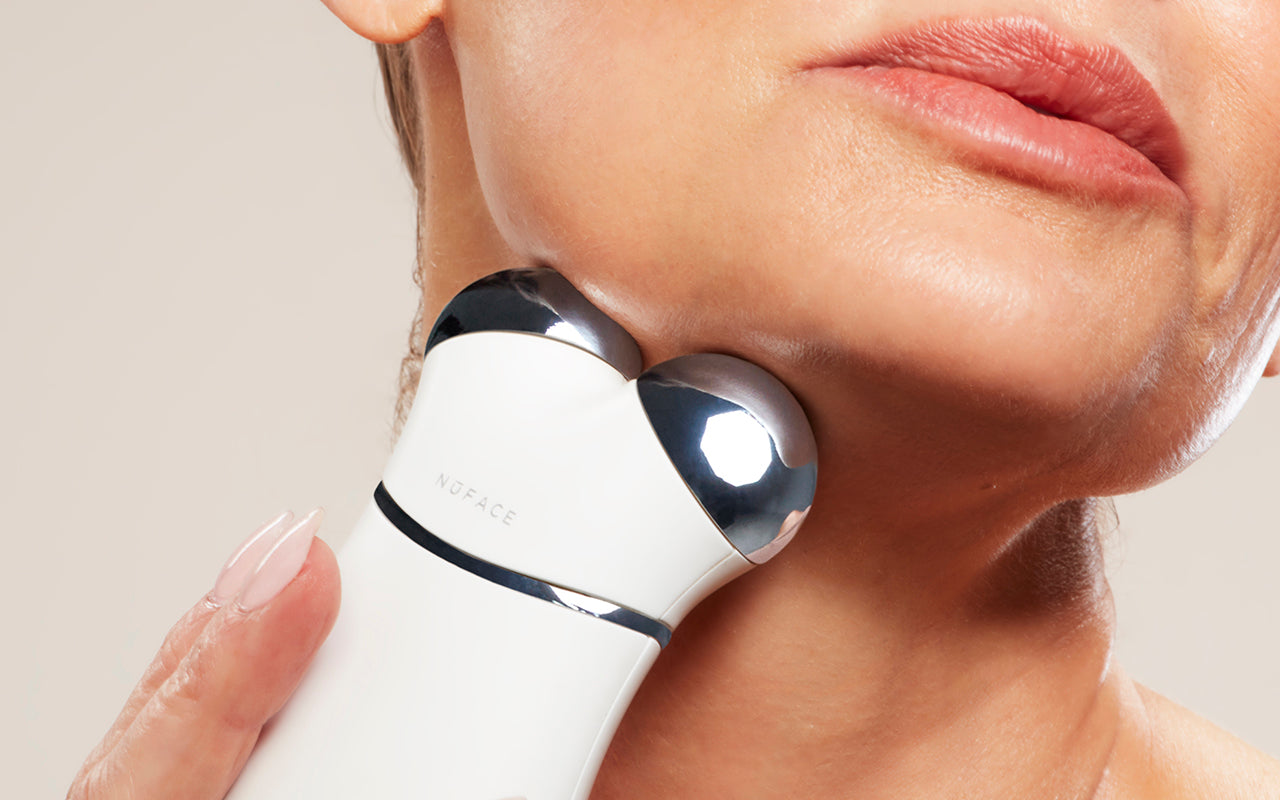
Can you overdo microcurrent?
Microcurrent technology is comfortable and non-surgical, posing no risk of damage or harm to the skin when used according to the device's instructions. While it’s safe to use microcurrent treatments every day, it’s beneficial to give your facial muscles a rest between sessions—similar to taking a break after a gym workout for optimal results.
How to use microcurrent at home
Achieving an electric facial at home is straightforward with a microcurrent device. Here’s a simple guide to get you started:
Step 1: Prepare your skin by cleaning it thoroughly. Ensure it's free from any skincare products or makeup, as these can interfere with the microcurrent's ability to conduct properly through your skin.
Step 2: Apply a thick layer of conductive gel to your face and neck, carefully avoiding the eye area. This gel is important as it helps the electrical currents from the device pass through the skin, ensuring the treatment is effective. You should do this before every microcurrent session.
Step 3: Use the microcurrent device on your skin, moving it gently over the area where you've applied the gel. Follow the specific instructions or treatment plan that comes with your device for the best results. After finishing, rinse off the gel and proceed with your usual skincare routine. Optionally, you can enhance the treatment's effects with a session of red LED light therapy.
For personalised treatment plans, many home microcurrent devices like the MyoLift™ QT Plus and ZIIP HALO, offer app connectivity. These apps offer customised tutorials tailored to your unique skin concerns, making it easier to achieve your desired results.
How to choose the best microcurrent device
Selecting the right microcurrent device for facial toning and lifting involves understanding a few important features:
Research indicates that the effectiveness of a microcurrent device is linked to its electrical output, measured in microamps (µA). Devices delivering less than 500µA can increase ATP production—a vital energy source for cells—by up to 500%. However, outputs higher than 500µA might decrease your natural ATP levels, potentially reducing the effectiveness of the treatment.
The pattern of electrical currents (waveforms) play a key role in how your skin cells and muscles respond to the treatment. Devices with more complex waveforms can trigger more responses, like boosting collagen production and stimulating a wider range of muscles. More waveforms means more skin concerns can be addressed.
Consider devices that are user friendly, with intuitive controls and settings that accommodate different skin types and sensitivities. Look for features that match your lifestyle and skincare routine. Make sure it's a practical addition to your daily regimen—something that you’d use consistently going forward.
Reading through user reviews can provide insights into the device's performance and user satisfaction. Also consider the manufacturer's customer support and warranty policies for peace of mind.
Evaluate the device's cost in relation to its features and proven results. An investment in a high-quality microcurrent device can offer improved long-term benefits for your skin.
To simplify your decision making process, this comparison guide provides an overview of the leading home use microcurrent devices. It helps you choose the device that best aligns with your skincare objectives and lifestyle, ensuring you make a choice that really suits you.
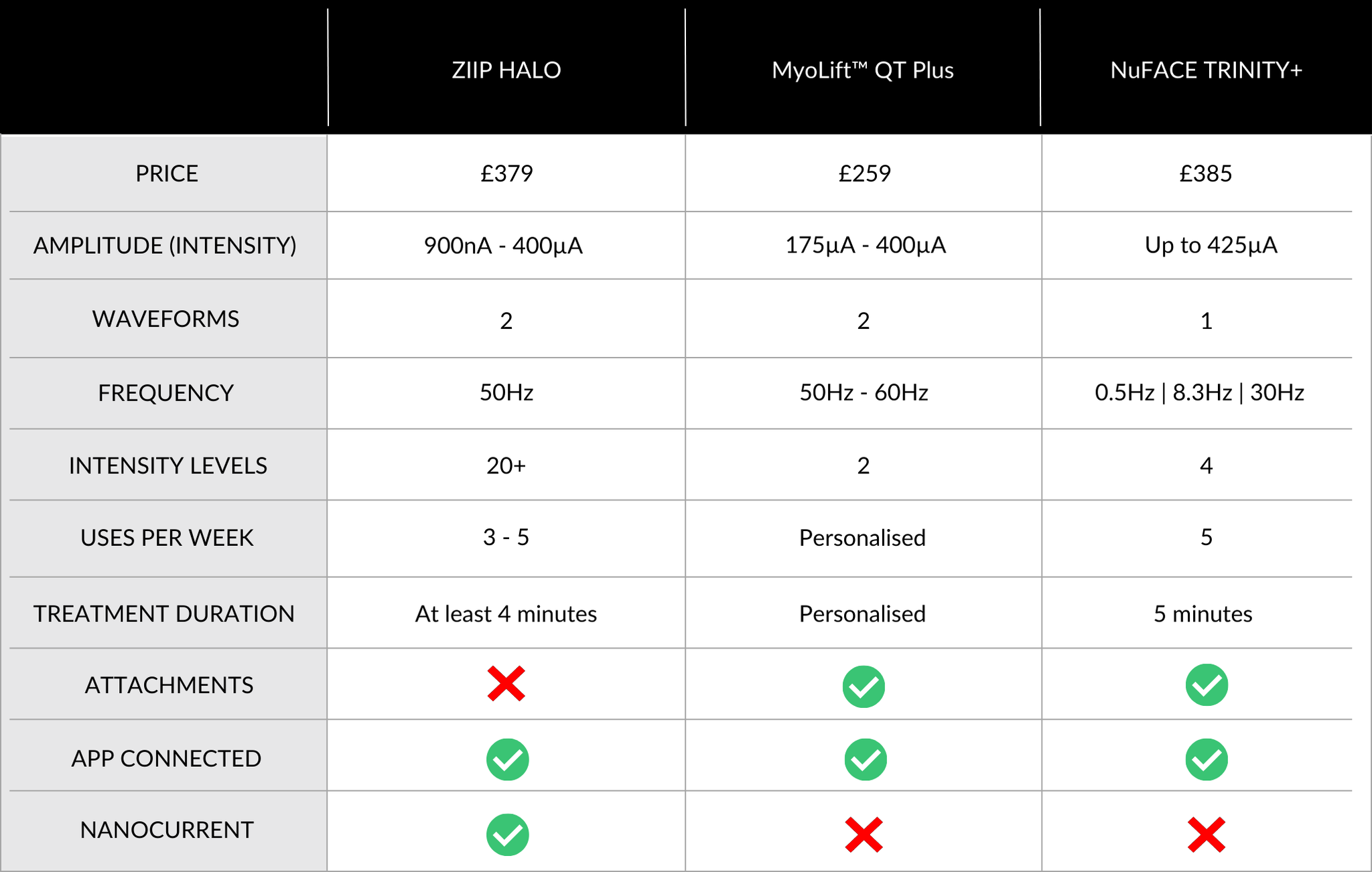
The difference between microcurrent and ZIIP Nanocurrent™
ZIIP Nanocurrent™, created by celebrity electrical esthetician Melanie Simon, is a unique form of ultra-gentle electrical currents. These currents, measuring around 900nA, work beneath the skin's surface to boost the production of collagen and elastin—key components for firm, youthful skin. Designed to work in harmony with your body's own electrical system, ZIIP's technology enhances blood flow, diminishes blemishes, repairs skin damage and accelerates natural healing processes.
Unlike traditional microcurrent treatments that primarily focus on toning facial muscles, ZIIP Nanocurrent™ aims for deeper skin rejuvenation, targeting wrinkle reduction, skin tightening and enhancing skin volume.
ZIIP Nanocurrent™ is unique to ZIIP devices, making them highly effective at addressing more profound skin concerns. The ZIIP HALO is the brands newest, most intuitive device.
Summary
Microcurrent facials stimulate facial muscles with low-level electrical currents. This gentle treatment strengthens the muscles beneath the skin, leading to improved texture, tone and an overall lifted appearance. By enhancing muscle tone and promoting better blood flow, microcurrent offers a non-surgical solution for sculpting, toning and lifting facial contours, contributing to a more youthful appearance.
Microcurrent can be administered by a skincare professional in a clinic or through the use of a portable device at home. Remember to review any contraindications before choosing microcurrent journey to maximise benefits safely and effectively.


